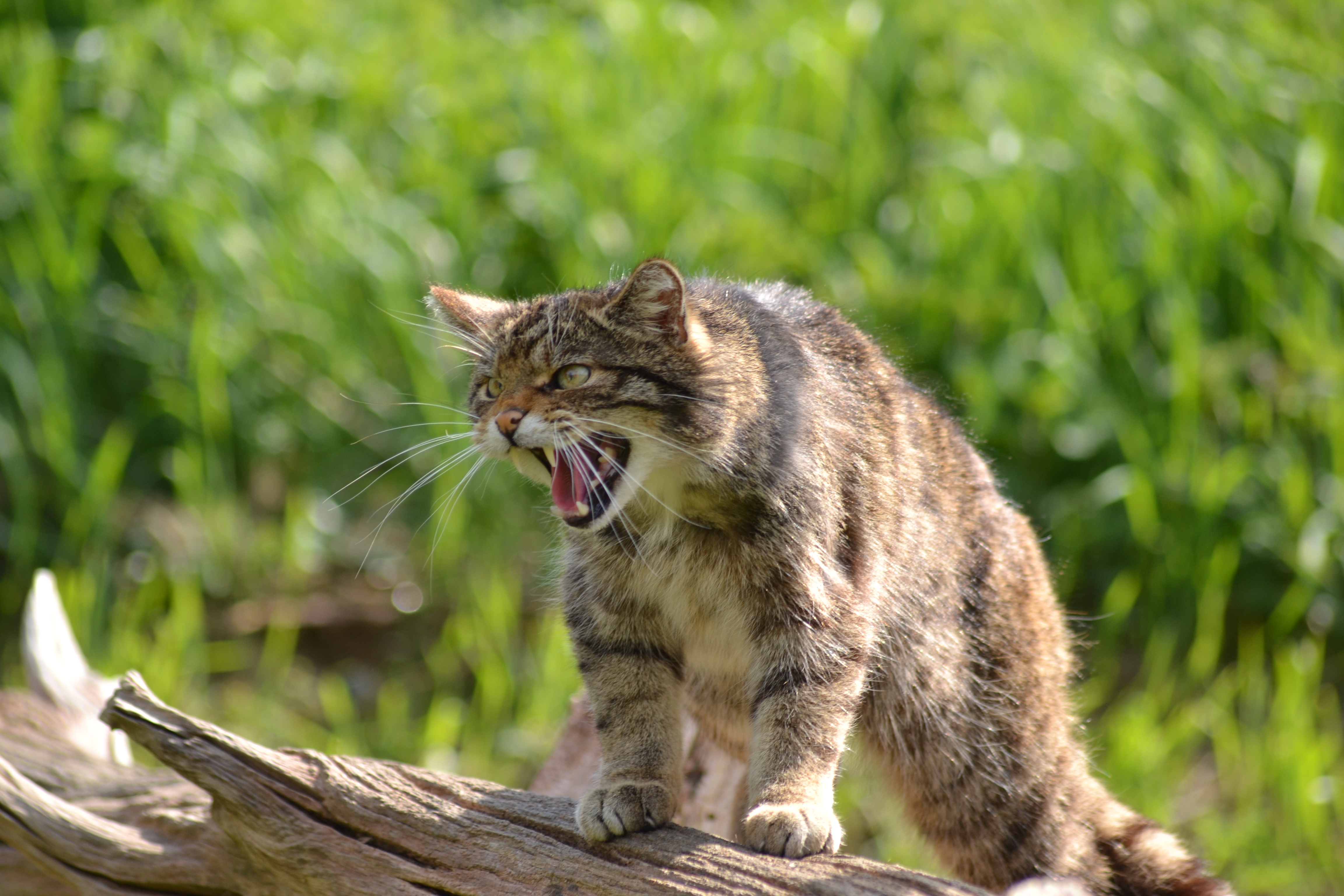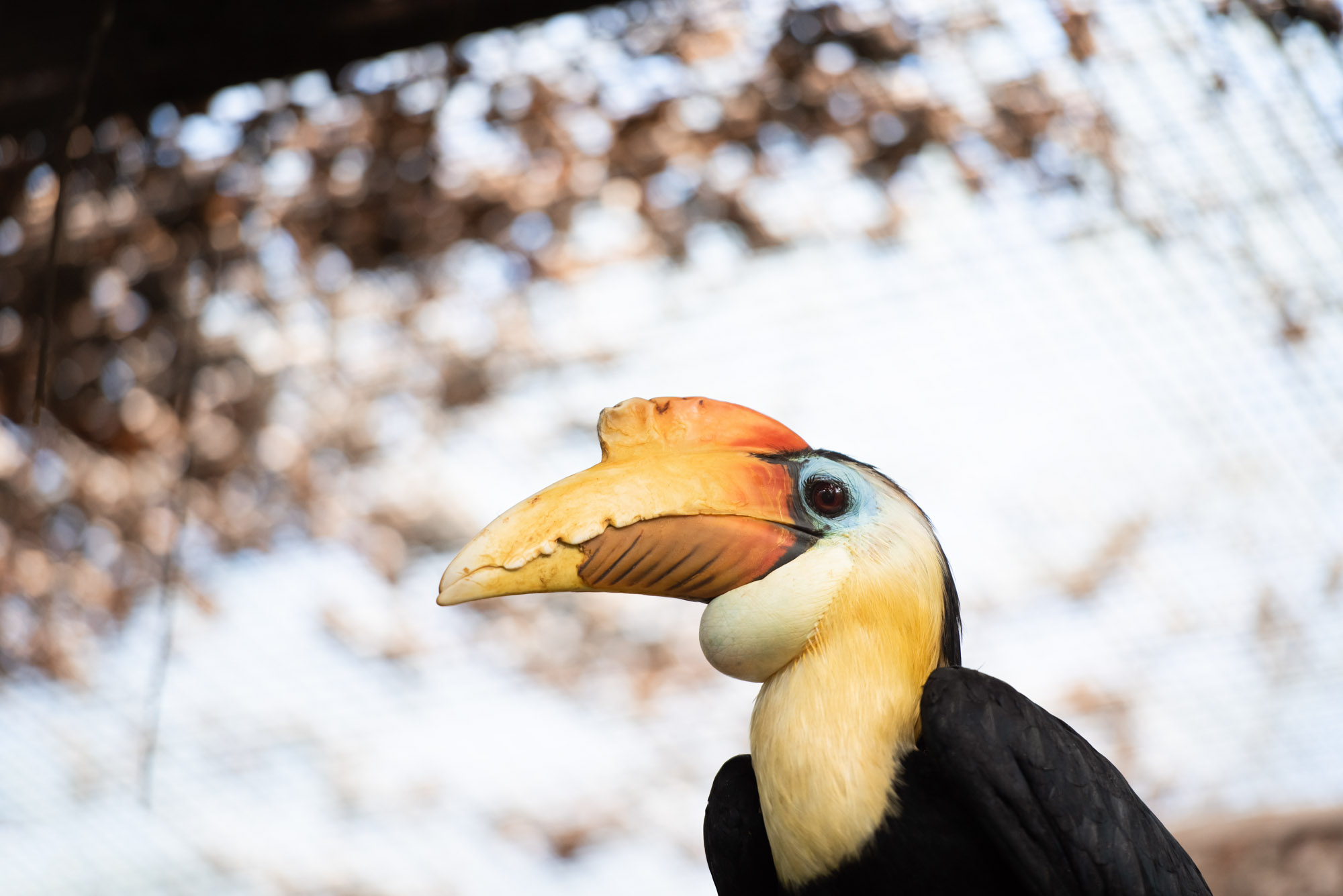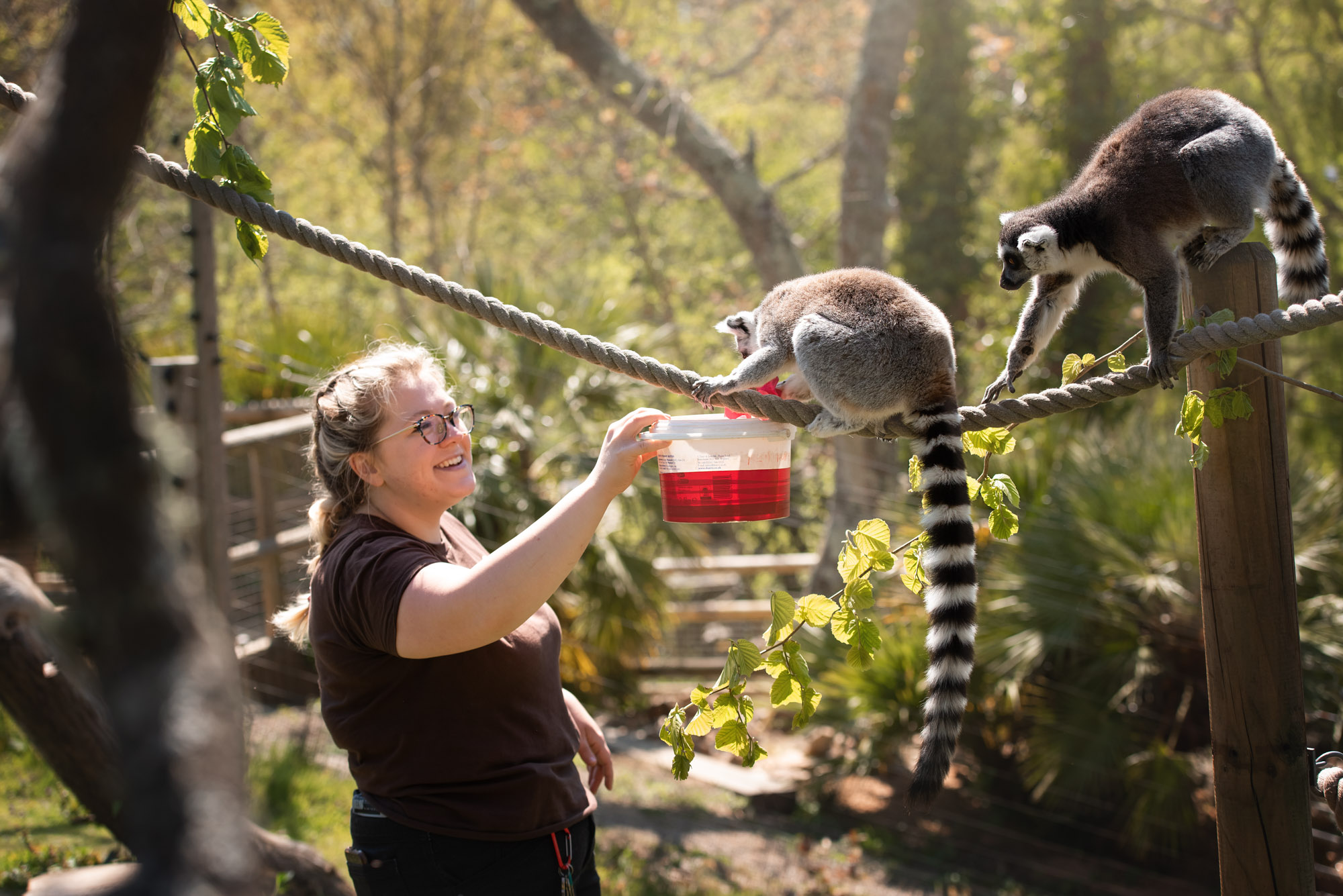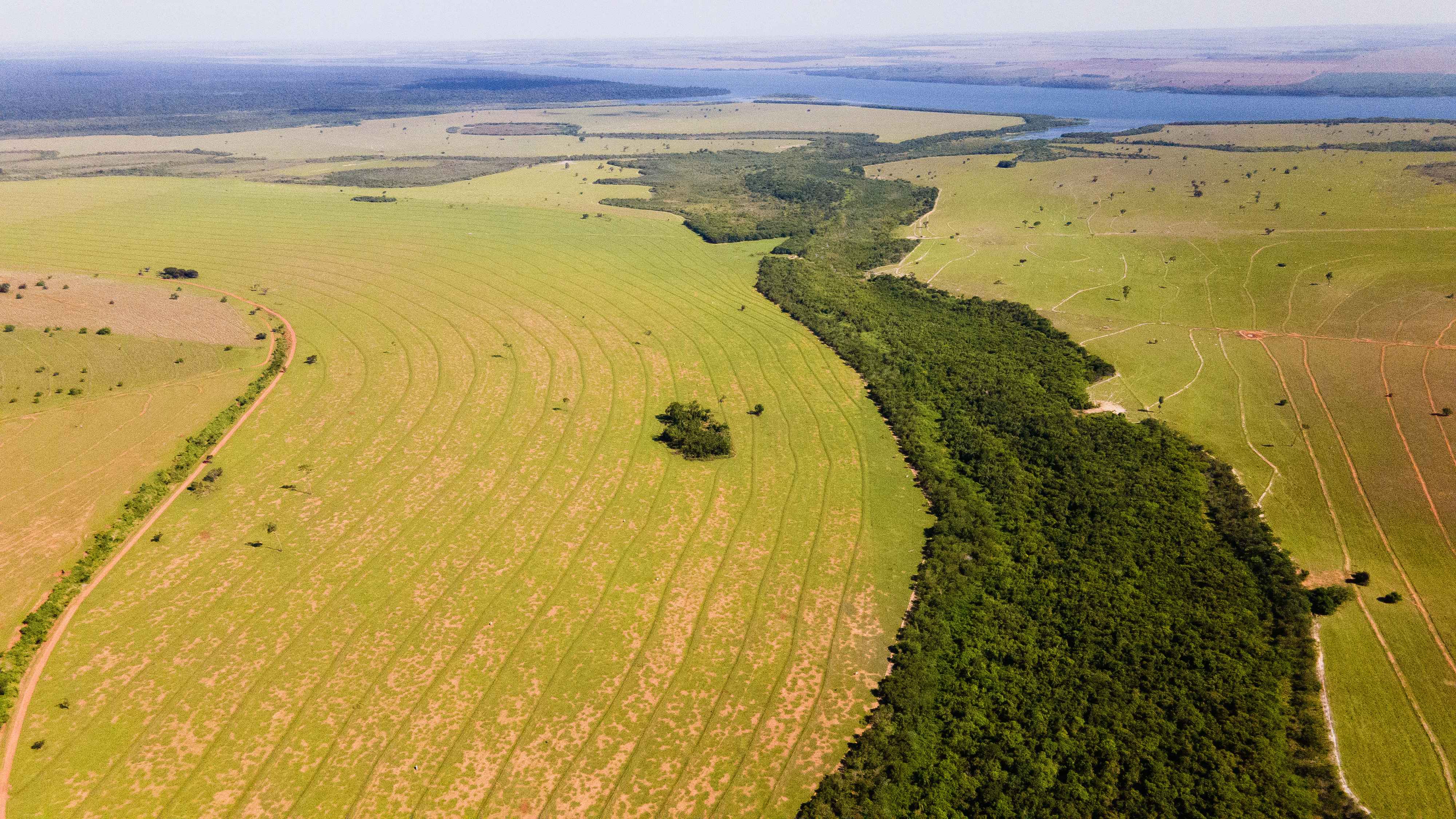The European wildcat is the UK’s only surviving native felid.
Previously found throughout England, Scotland and Wales, European wildcats are now only found in the Scottish Highlands where the remaining population is listed as Critically Endangered. Without conservation action, including the reintroduction of wildcats to areas of their historic native range outside of Scotland, the species risks extinction in the UK. Consequently, investigations into the social and ecological feasibility of reintroduction and the identification of suitable release areas are underway.

3-8kg
weight
150+
years extinct in Wales
30-430
estimated UK wildcat population
What we're doing to help European wildcats

Support our work








